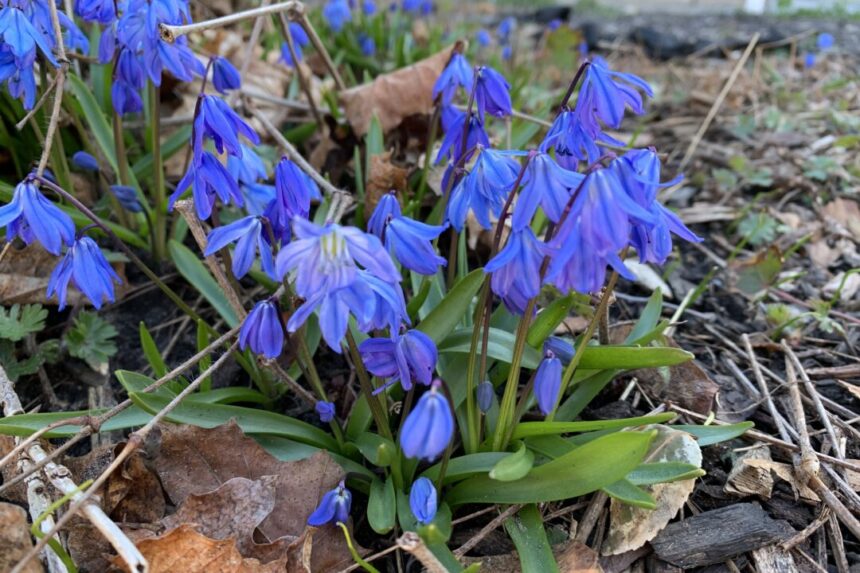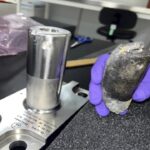The Toronto region is currently adorned with beautiful blue blooms this spring, but these flowers are not just visually appealing – they are also toxic and invasive.
Siberian Squill, an ornamental plant known for its vibrant blue flowers, is toxic if ingested by humans and pets. Despite its asparagus family lineage, it poses a significant threat due to its invasive nature and ability to spread rapidly into natural areas and forests.
Originally from Russia, Siberian Squill made its way to North America in the late 1700s. It is popular for its early bloom, ground cover qualities, and adaptability to various conditions. This plant features bell-shaped blue flowers and typically reaches a height of about six inches.
However, these appealing characteristics also contribute to its invasiveness. Toronto’s Urban Forestry department warns that Siberian Squill’s robust growth could threaten the biodiversity of the region’s natural habitats by outcompeting native species.
In addition to ecological concerns, Siberian Squill can cause severe illness if consumed. Its bulbs, seeds, leaves, and flowers are all toxic and can lead to symptoms such as vomiting, diarrhea, and abdominal pain.
If you’re seeking a replacement for Siberian Squill or simply looking for blue or purple flowers, consider bluebells, wild geranium, or lobelia as non-invasive alternatives.
Invasive species like Siberian Squill pose a significant threat to Toronto’s biodiversity, impacting the survival of native wildlife that rely on natural habitats for shelter and food.
Allowing invasive species to dominate can also alter soil chemistry, hindering the growth of native plants. In addition to Siberian Squill, Toronto faces challenges from other invasive species like dog-strangling vine, Japanese knotweed, and phragmites.








